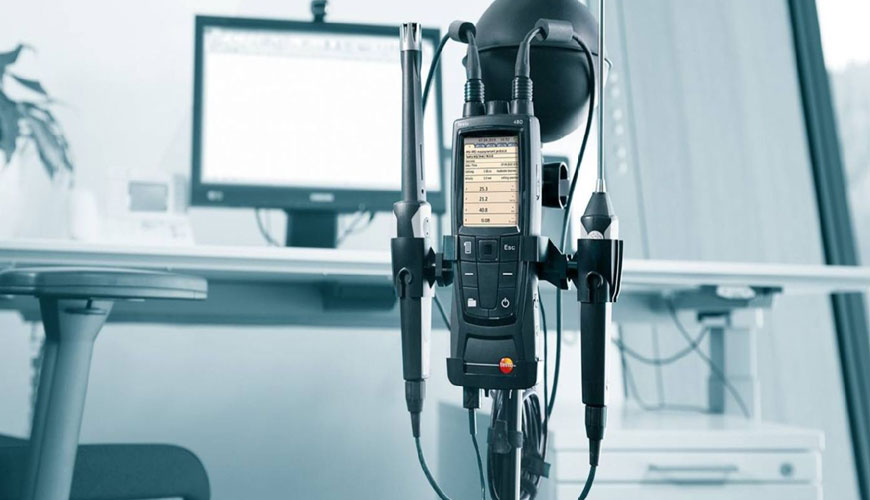

EUROLAB, with its state-of-the-art accredited laboratories and expert team, provides precise and fast testing services within the scope of ISO 16000-7 testing. ISO 16000-7 specifies procedures to be used in planning air measurements to determine asbestos concentrations in the indoor atmosphere. Careful planning of the measurement strategy is important because the results can be the basis for recommendations for major building renovations or for returning a building to its normal use condition after the removal of asbestos-containing materials.

ISO 16000-7 uses the following definition for indoor environments specified in ISO 16000-1: living rooms, bedrooms, DIY rooms, break rooms, residences with pantries, kitchens and bathrooms; workrooms or workplaces in buildings that are not subject to health and safety inspections for air pollutants (for example, offices and outlets); public and commercial buildings (for example, hospitals, schools, kindergartens, gymnasiums, libraries, restaurants and bars, theaters and other meeting rooms); vehicle cabins and public transport.
Measurements of airborne asbestos fiber concentrations in indoor atmospheres are made for a variety of reasons related to the short or long-term exposure of building occupants to asbestos. One application of such measurements is to ensure that airborne asbestos fibers dispersed in areas of a building undergoing asbestos abatement do not result in unacceptable exposure to occupants in other areas of the building. After asbestos reduction is complete, measurements are taken to determine whether any residual asbestos that may remain in the reduced area will result in unacceptable airborne asbestos exposure when the areas are reoccupied, before containment barriers are removed and safety measures are removed.
The characterization and evaluation of ambient air at a fixed location, whether in a building or outside, normally relies on a series of measurements taken over a long period of time, often months or years. However, the release of asbestos fibers into the ambient air is not constant and human or in some cases animal activity will result in short episodes of release. In particular, maintenance activities will disturb asbestos-containing materials and settling dust in buildings. Control and monitoring of these activities will determine long-term exposure levels. Workplace atmospheres are also evaluated by a series of repeated measurements, the number of measurements being based on the difference between the measured value and the control limit.
EUROLAB assists manufacturers with ISO 16000-7 test compliance. Our test experts, with their professional working mission and principles, provide you, our manufacturers and suppliers, the best service and controlled testing process in our laboratories. Thanks to these services, businesses receive more effective, high-performance and quality testing services and provide safe, fast and uninterrupted service to their customers.
To get an appointment, to get more detailed information or to request an evaluation, you can ask us to fill in our form and reach you.